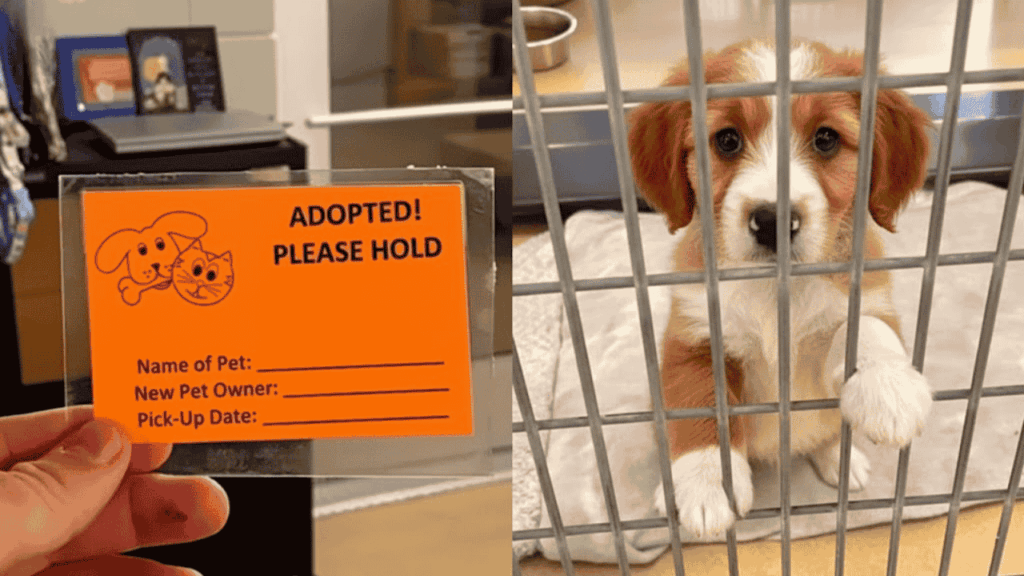Traveling with a dog can be a rewarding experience, but it also requires careful planning. In the United States, pet-friendly accommodations, parks, and transportation options are more widely available than ever before, making it easier for owners to enjoy vacations with their furry companions. By understanding the best practices, safety tips, and planning strategies, pet owners can ensure a smooth and enjoyable journey for both themselves and their dogs.
How to Prepare Your Dog for Travel
Before embarking on a trip, it is essential to prepare your dog physically and mentally. Start by ensuring your pet is up-to-date on vaccinations, has a microchip, and carries proper identification. Short practice trips in the car or using a carrier can help dogs get accustomed to travel. Providing toys, blankets, or other comfort items familiar to your dog can reduce stress during the journey. Preparing in advance also includes packing necessary supplies such as food, water, medication, and waste bags to meet your pet’s needs throughout the trip.
What is the Importance of Choosing Dog-Friendly Accommodations
Selecting pet-friendly accommodations is a critical step in planning a U.S. trip with your dog. Many hotels, motels, vacation rentals, and campgrounds now welcome pets, offering amenities such as dog beds, bowls, and designated walking areas. Researching policies regarding pet fees, size limits, and house rules ensures there are no surprises upon arrival. Staying in a place that accommodates your dog comfortably contributes to a stress-free vacation and allows both pets and owners to relax and enjoy their surroundings.
When is the Best Time to Travel with a Dog
Timing can greatly affect the success of a dog-friendly trip. Consider seasonal weather conditions, local events, and the energy levels of your dog. Dogs are more comfortable traveling during moderate temperatures, avoiding extreme heat or cold. Off-peak travel times can help reduce stress and allow for easier access to popular attractions and accommodations. Planning trips around your dog’s daily routine, including feeding and walking schedules, ensures a smoother experience and minimizes disruptions to their normal habits.
How to Plan a Dog-Friendly Itinerary
Creating a dog-friendly itinerary involves identifying destinations, parks, and activities that welcome pets. National parks, beaches, hiking trails, and dog-friendly restaurants are excellent options for including your dog in your adventures. Scheduling regular breaks for exercise, bathroom needs, and meals helps keep your dog comfortable and prevents behavioral issues during travel. Planning ahead also allows for flexibility in case of unexpected weather or delays, ensuring the trip remains enjoyable for both pets and owners.
What is the Role of Transportation in Dog Travel
Transportation is a key factor when traveling with dogs. Whether by car, plane, train, or bus, safety and comfort should be the top priorities. In cars, dogs should be secured with harnesses or placed in carriers to prevent injury. When flying, research airline policies regarding pet travel, including cabin versus cargo options, documentation requirements, and fees. Ensuring your dog is calm, hydrated, and comfortable during transit reduces stress and contributes to a safe journey.
When to Consider Dog Health and Safety Precautions
Maintaining your dog’s health and safety during travel is essential. Carry a first-aid kit specifically for pets, and be aware of nearby veterinary clinics along your route. Avoid exposing your dog to harmful substances or extreme temperatures, and monitor them for signs of stress, dehydration, or fatigue. Regular breaks for walking and bathroom needs prevent discomfort and accidents. Being proactive about your dog’s well-being ensures a safe and enjoyable trip for everyone.
How to Pack Essential Items for Your Dog
Packing efficiently for your dog is just as important as packing for yourself. Essentials include food, water, bowls, leash, harness, bedding, toys, medications, grooming supplies, and waste bags. Organizing these items in a dedicated travel bag allows for easy access during stops and ensures nothing is forgotten. Keeping familiar items such as a favorite blanket or toy provides comfort and reduces anxiety for your dog, especially in new environments.
What is the Advantage of Researching Dog-Friendly Attractions
Researching dog-friendly attractions ahead of time maximizes the enjoyment of your trip. Many cities and states offer parks, trails, beaches, and even attractions like breweries and cafes that welcome pets. Online reviews and travel guides can provide insight into rules, fees, and the overall pet experience at each location. Choosing attractions that accommodate dogs ensures that pets are not left behind and that owners can fully participate in activities without worry.
How to Ensure a Smooth Return Home
The journey does not end until you return home safely. After travel, allow your dog time to readjust to their familiar environment. Check for ticks, injuries, or other health concerns, and resume normal routines gradually. Reflecting on the trip helps identify what worked well and what could be improved for future travel. By paying attention to the return process, owners ensure their dog remains happy, healthy, and ready for the next adventure.







